Diversity in peer review
Why it matters, and what we're trying to achieve at Taylor & Francis

At Taylor & Francis, our very purpose is founded on diversity and inclusion – it is an essential element of curating, substantiating, and publishing the experts and truths that matter.
We believe that diversity is a strength and that bringing together a diverse range of people, communities, and opinions is beneficial to the customers and communities we serve, to our colleagues, and ultimately to humankind.
In 2021, Taylor & Francis signed the Joint commitment for action on inclusion and diversity in publishing, coordinated by the Royal Society of Chemistry (RSC), and partnered with the Coalition for Diversity and Inclusion in Scholarly Communications (C4DISC). You can read more about both commitments here.
Every September, the academic publishing industry celebrates Peer Review Week; in 2023, it falls on September 25-29.
With Peer Review Week on the horizon, I sat down with Rebecca Furlong, Head of Reviewer Programmes at Taylor & Francis, to ask her what her team is doing to increase diversity and inclusion, specifically in peer review, and why she thinks such initiatives are important.
Leah Kinthaert: What responsibility do you think academic journals should have to increase diversity in peer review?
Rebecca Furlong: I think most people agree there are systemic inequalities already present in wider society, which is why we have a range of protected characteristics including disability, sex, and race amongst others. These inequalities also persist in academia, and there is an argument that, over time, they have been exacerbated by placing a high value on extended education, attendance at specific institutions (often in higher-income countries), and low-paid early careers (which start late). When editors seek peer reviewers, they are searching within a cohort who have successfully navigated these challenges, often as a result of privilege. So they inevitably draw from a pool of people that is already unbalanced.
One of the areas where publishers can make the most impact in improving inclusivity in academia is through the peer review process; in particular, by working with journal editors to develop a diverse reviewer panel (which could include differences in expertise, geography, gender, race/ethnicity, and seniority). While recognizing that expertise in the subject matter of the article is the most important factor in choosing a reviewer, making sure that a mix of reviewers from different backgrounds support the journal improves equity and diversity; and, while a focus on diversity in peer review can’t solve the underlying problems of society, it could have some small effects towards improving diversity in academia as a whole.
Reviewers of course carry with them their own biases (conscious or unconscious). One infamous example occurred a few years ago where a peer reviewer apparently made a value judgment about the gender and experience level of the authors rather than their work. Anecdotally, I have heard researchers suggest that some journals routinely invite the same individuals and thus homogenize their own content. A diversity of voices in peer review is important in balancing different biases and ensuring fair evaluation. This in turn may give a chance to publications from smaller, newer, or underrepresented groups. Since acting as a peer reviewer is something that people can use to further their careers as a demonstration of their authority in a field, and publications are a requirement for progress in an academic career, cumulatively this may also improve diversity in academia.
However, people who have experienced more barriers in access to an academic career may also have more responsibilities or challenges in their personal lives, and thus less time for tasks beyond their direct research and teaching. People who are underrepresented may also be over-asked because many editors and publishers are seeking to improve diversity. (The Scholarly Kitchen recently discussed this 'diversity tax.') This can create a perfect storm of additional burden.
Despite this concern, I think it is far better to be aware of the issue, push for diversity, and give different groups of researchers opportunities to review, which they can then decline if they wish.
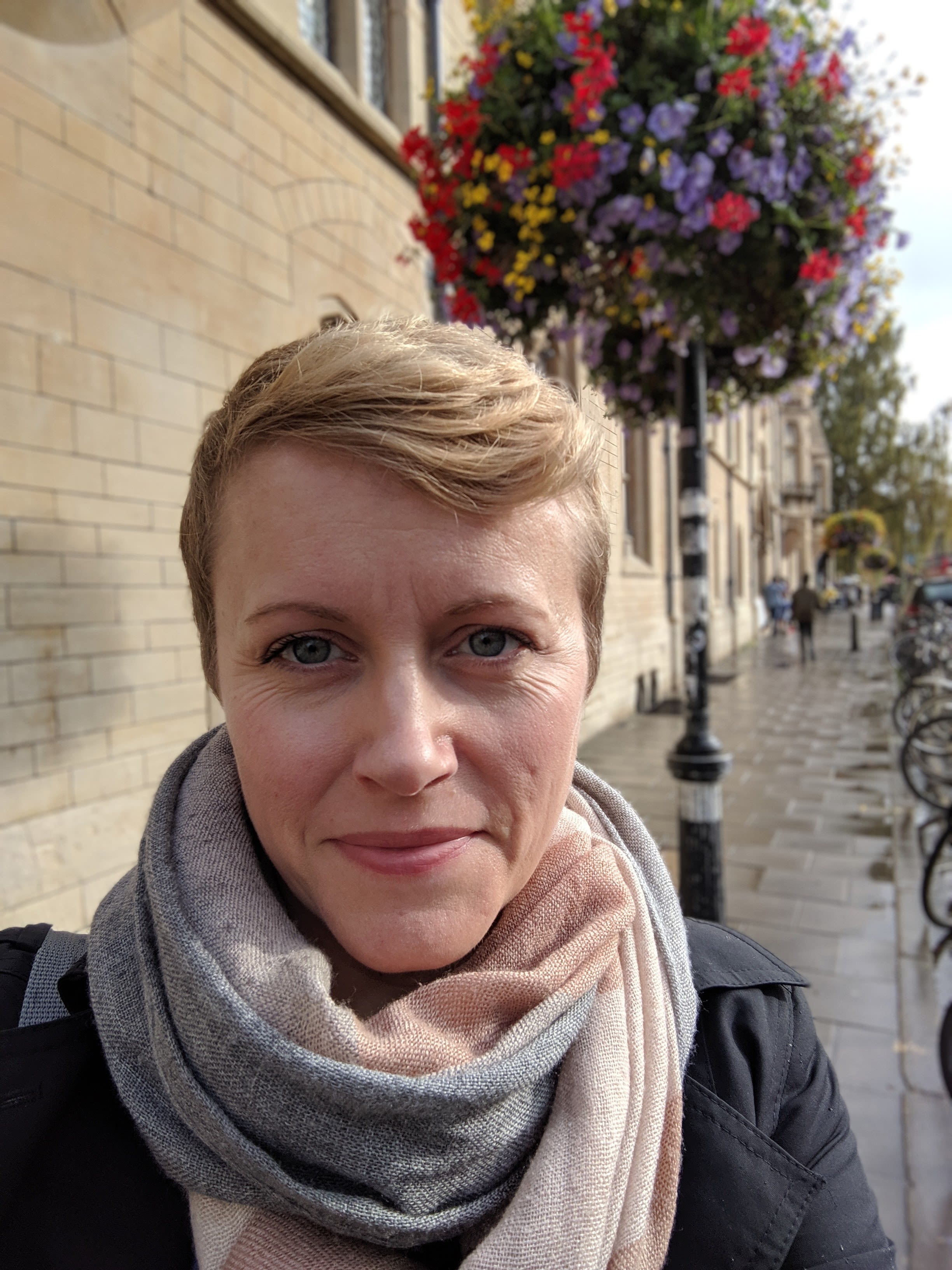
Rebecca Furlong, Head of Reviewer Programmes, Taylor & Francis
Rebecca Furlong, Head of Reviewer Programmes, Taylor & Francis
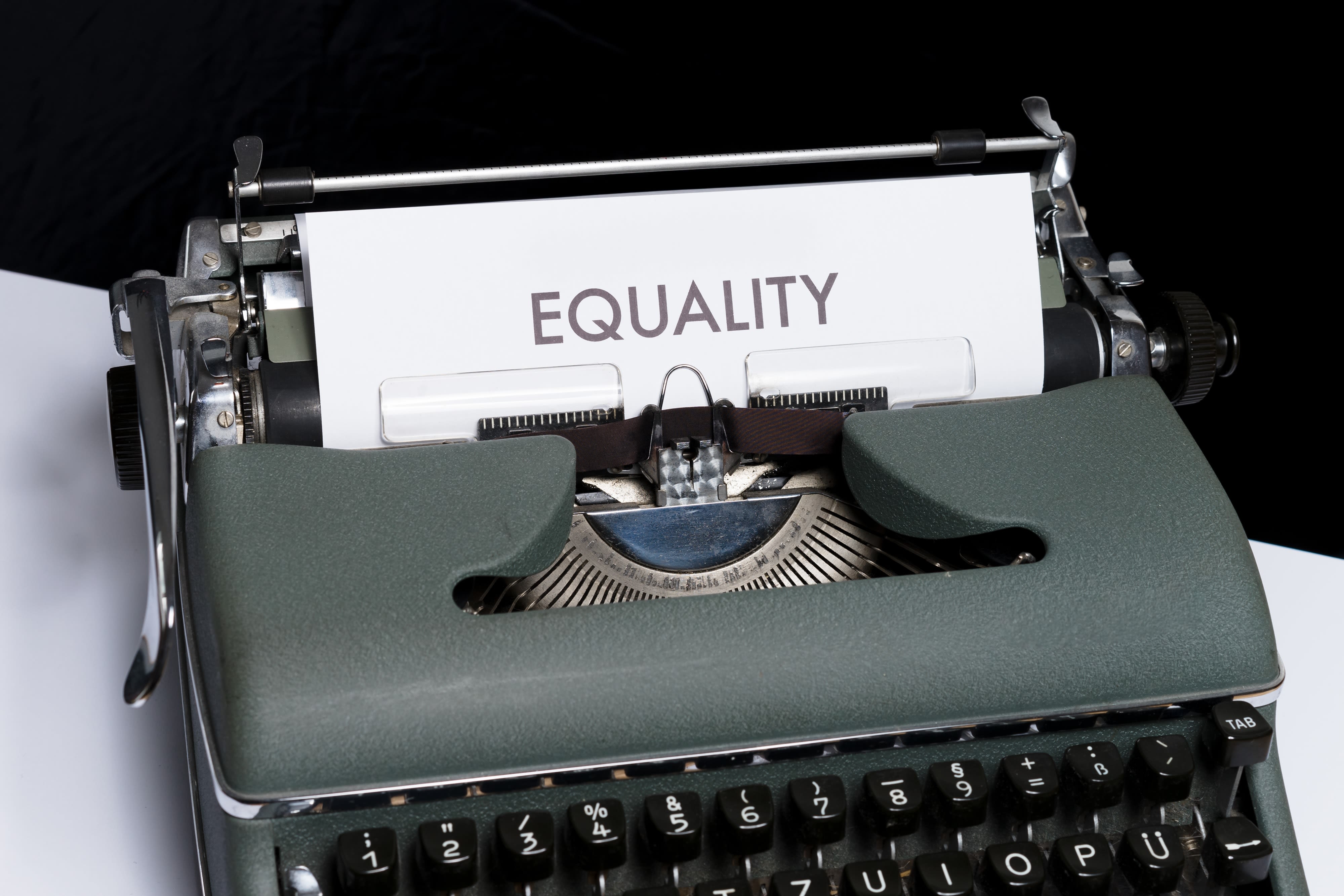
Photo by Markus Winkler via Unsplash
Photo by Markus Winkler via Unsplash
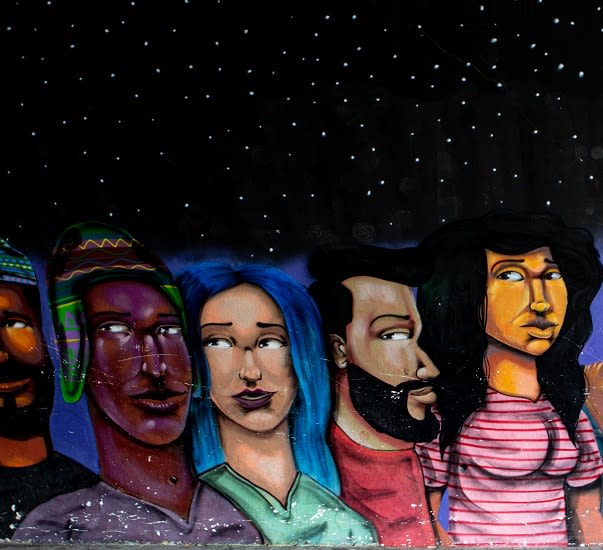
Photo by Miles Peacock via Unsplash
Photo by Miles Peacock via Unsplash
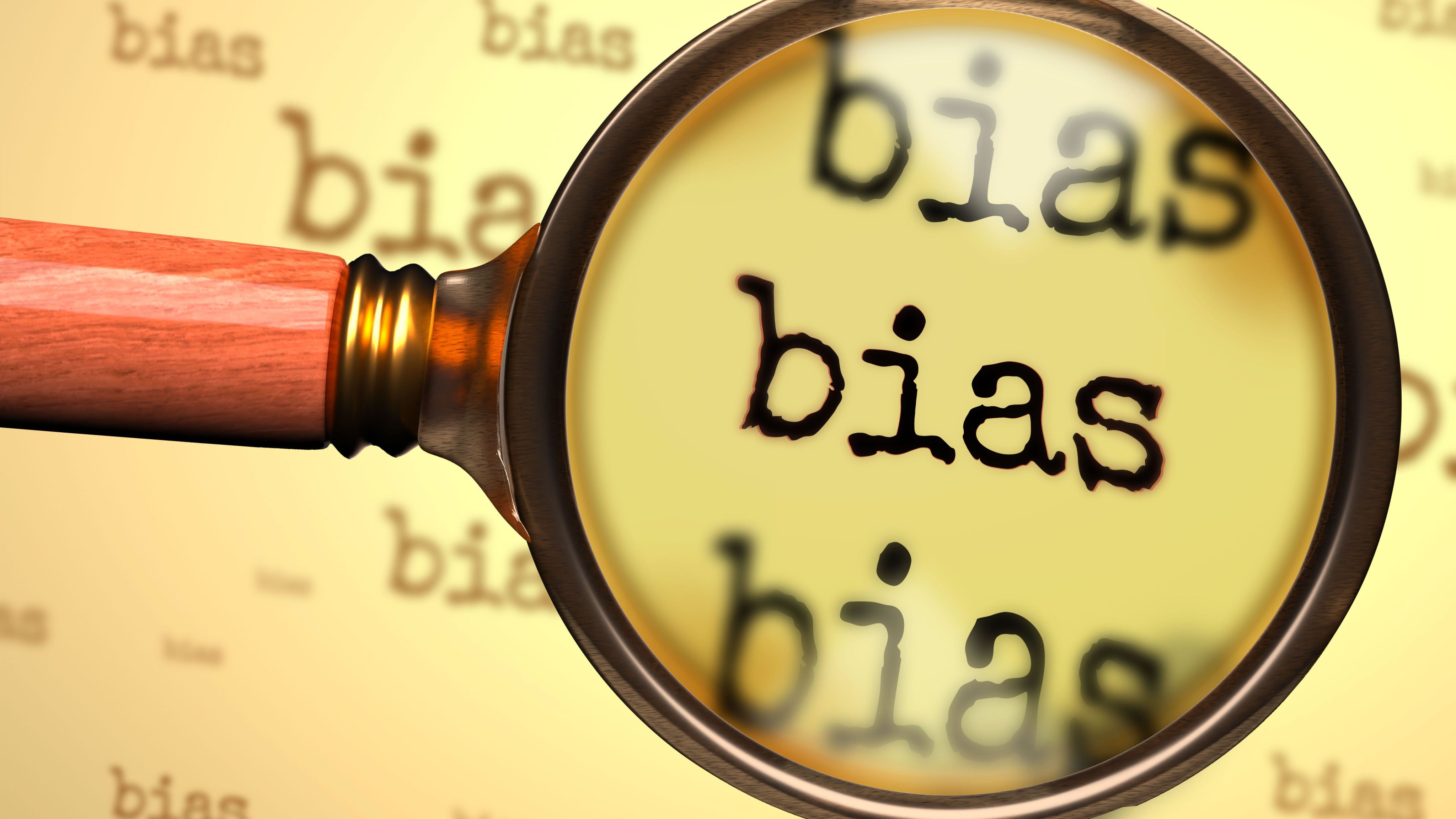
A diversity of voices in peer review is important in balancing different biases and ensuring fair evaluation.
A diversity of voices in peer review is important in balancing different biases and ensuring fair evaluation.
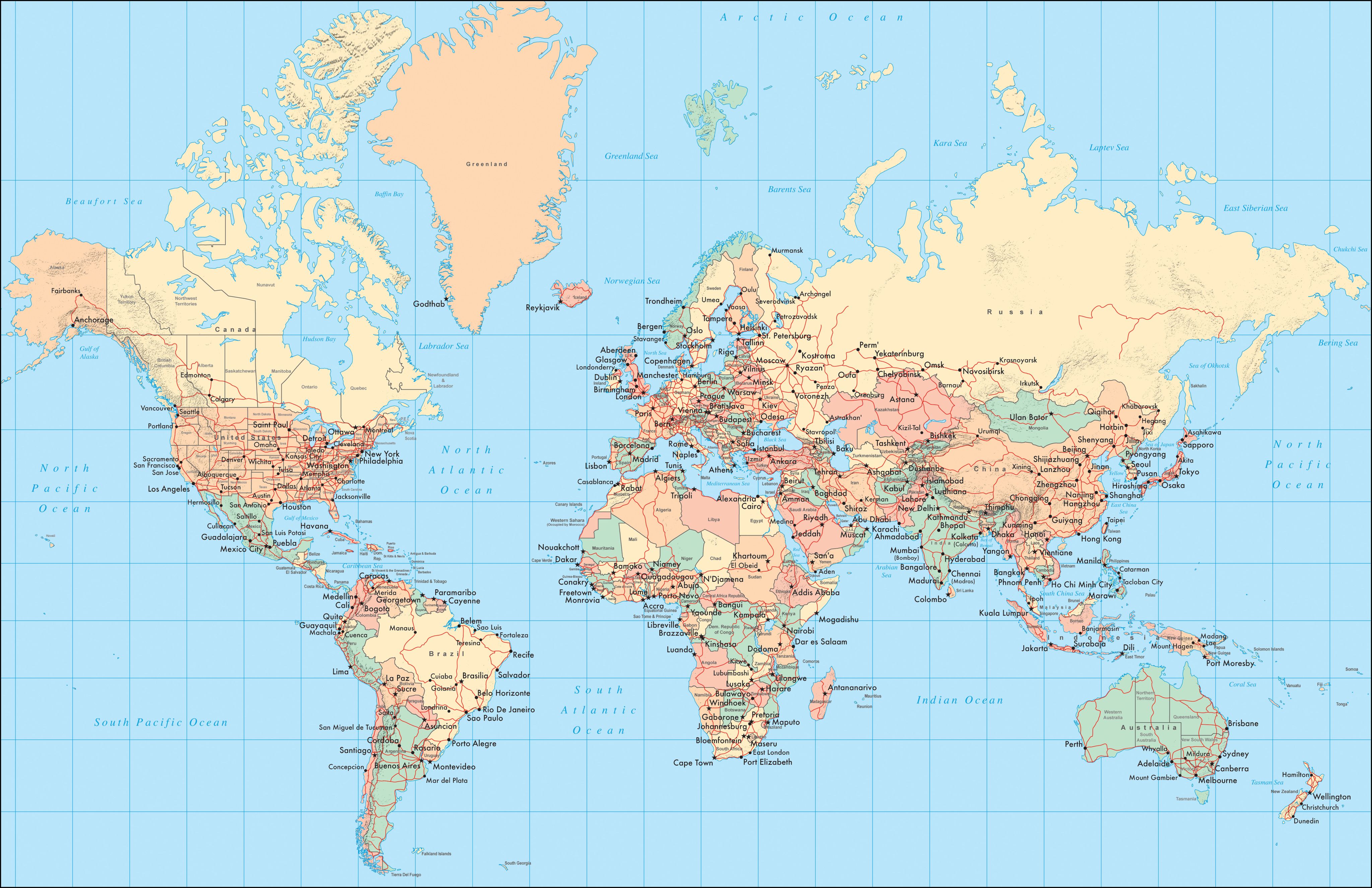
In 2021, editors for Taylor & Francis journals invited peer reviewers from 184 countries and territories.
In 2021, editors for Taylor & Francis journals invited peer reviewers from 184 countries and territories.
Leah Kinthaert: Can you share any examples where publishers are making attempts to increase the diversity of their peer reviewers?
Rebecca Furlong: The death of George Floyd and the social justice movement that followed has led to many editors and publishers re-examining their own biases, behaviors, and practices in diversity and inclusion. For example, the Nature journals have made a public diversity commitment which includes increasing diversity in peer review.
Another example is from Cell, whose in-house editorial team pledged to improve their reviewer pool, starting with gender balance, and after two years were able to say that they had met their goal of 33% of reviewers identifying as women. Note that they were able to measure this because they asked reviewers to self-identify their gender, which most journals do not do.
A diversity of voices in peer review is important in balancing different biases and ensuring fair evaluation
Leah Kinthaert: Can you share any of the work you are doing with editors to increase the diversity of peer reviewers at Taylor & Francis?
Rebecca Furlong: At Taylor & Francis, the majority of peer review invites are sent out by academic editors. Our training videos for editors about peer review discuss the importance of diversity. We also offer in-depth training on peer review, on which we have had great feedback from researchers from emerging regions.
Peer review is generally confidential and, as a publisher, we think it is important to ensure that researchers can easily gain evidence of their participation. We have several different options for acknowledgement at Taylor & Francis, such as linking with publons, providing reviewer certificates, and publication of articles thanking peer reviewers. We have had a great deal of input from researchers saying that this is important to them, so this is something we are taking very seriously.
One area of debate is how peer review models can help or hinder diversity efforts. Peer review is often carried out on a single-anonymous model, where the reviewers’ identities are confidential but they know who the authors are. Double-anonymous review, where both parties are anonymous throughout the peer review process, has been suggested as a way of improving diversity, since the reviewers cannot be influenced by any aspect of the authors’ identity that might be gleaned or assumed from their name. Alternatively, open peer review surfaces all information about the peer review process for scrutiny by readers and improving accountability (although in many types of OPR, biases may still be buried in the unpublished literature).
Check out more resources for editors and authors on diversity in peer review.
You might also like:
Social justice and sustainability
Find out about the content we publish, commitments we've made, and initiatives we support related to social justice and sustainability:
 China
China Africa
Africa
